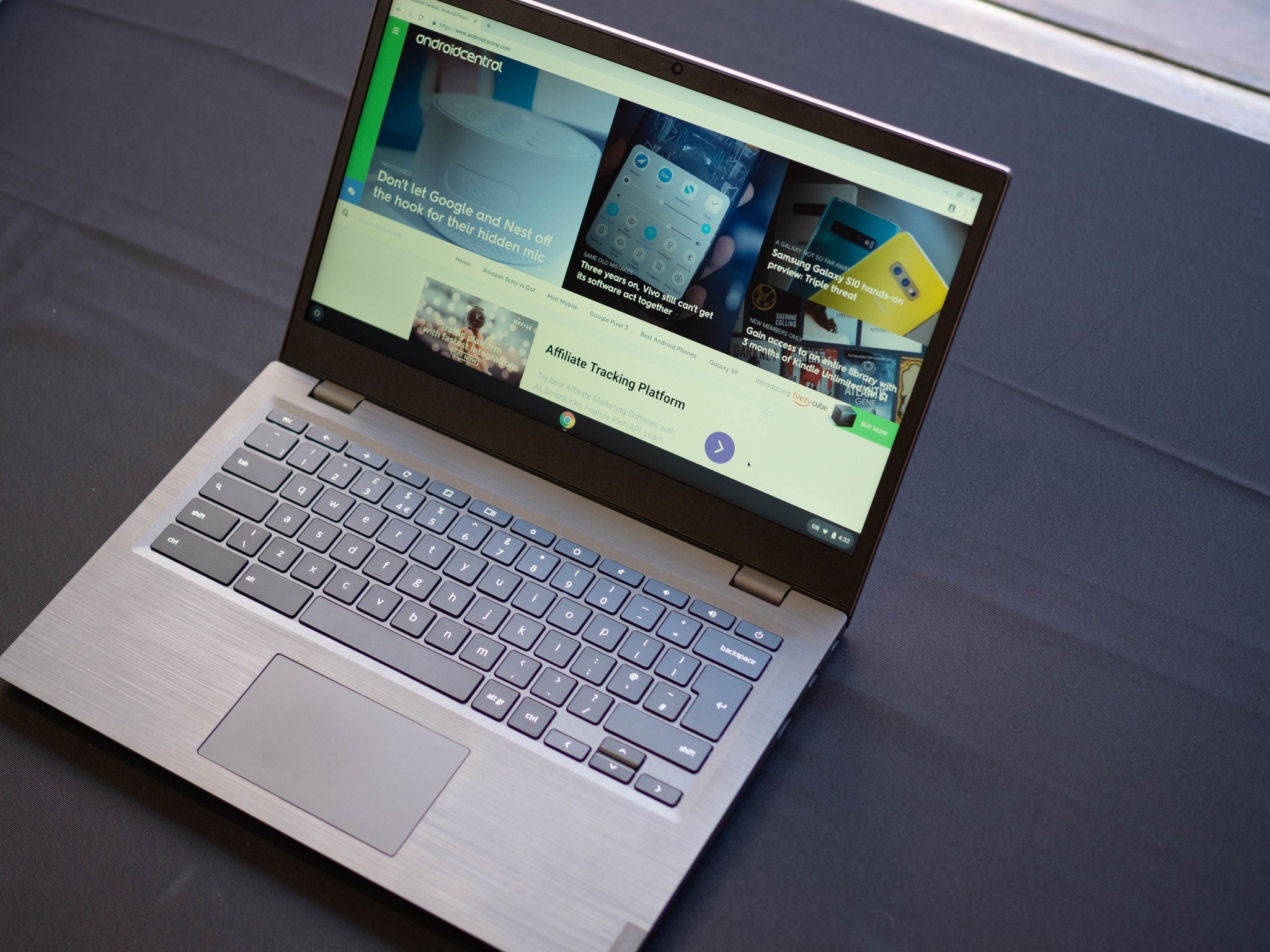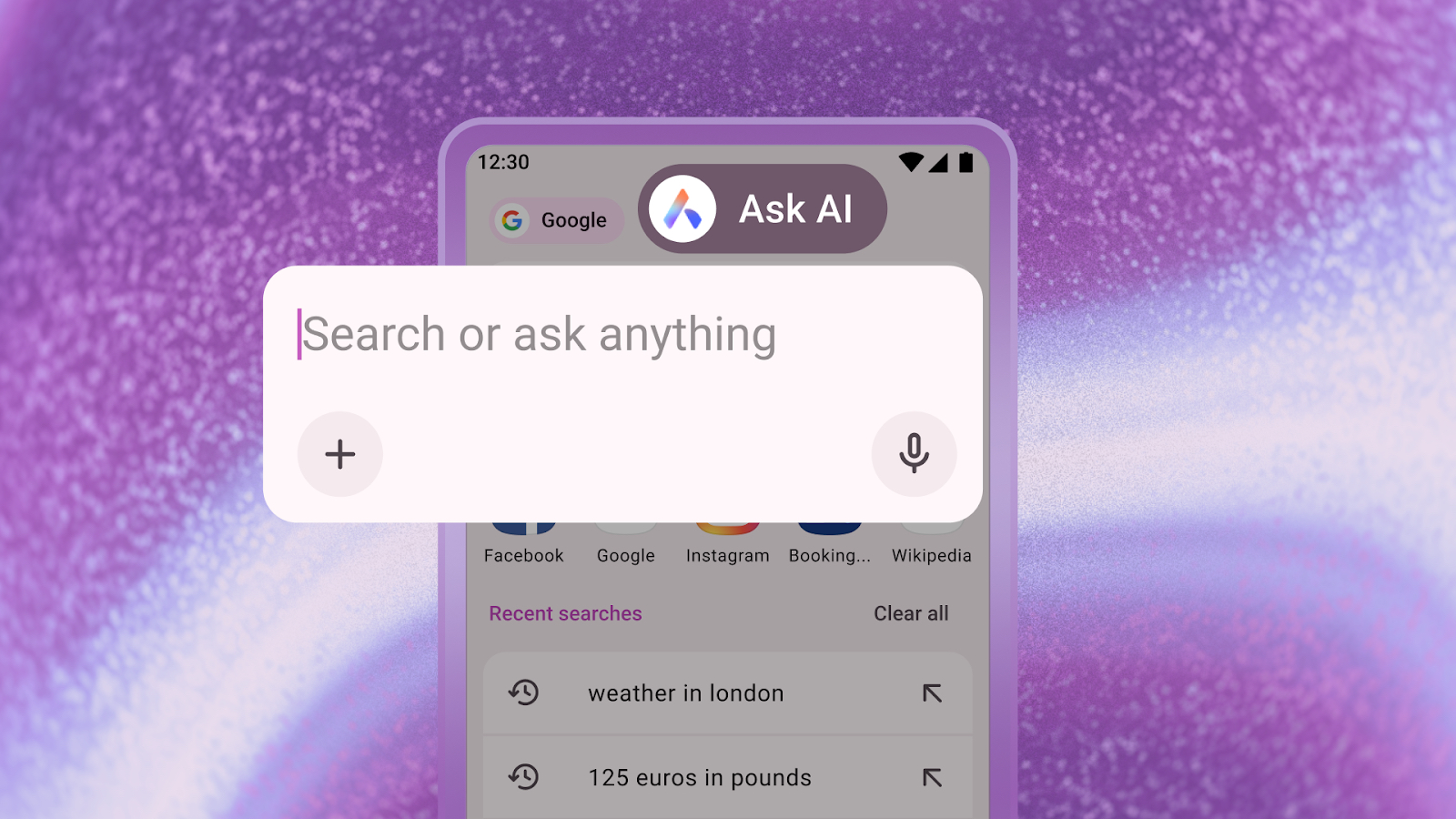Chrome will soon block the worst kind of video ads by default

What you need to know
- Google will take action against obtrusive video ads from August 2020.
- It will not show any ads on sites that repeatedly violate the new video policies.
- It will also review its own products like YouTube to ensure it remains in compliance.
Google, in line with new guidelines from the Coalition for Better ads, will be making moves against obtrusive video ads later this year.
For context, the Chrome browser has shipped with an ad blocker from the last year that automatically blocked text ads which fell below coalition standards. Google says that the new feature actually helped decrease voluntary ad-blocking rates as customers would no longer seek to download their own ad blockers if the built-in one was enough. That is, the ads that were allowed now fell below the annoyance threshold. It's now taking that approach over to video ads.
The Coalition, and by extension Google, now classify three kinds of video ads as undesirable:
- Long, non-skippable pre-roll ads or groups of ads longer than 31 seconds that appear before a video and that cannot be skipped within the first 5 seconds.
- Mid-roll ads of any duration that appear in the middle of a video, interrupting the user's experience.
- Image or text ads that appear on top of a playing video and are in the middle 1/3 of the video player window or cover more than 20 percent of the video content.
Google's Jason James, Product Manager said in a blog post:
Following the Coalition's lead, beginning August 5, 2020, Chrome will expand its user protections and stop showing all ads on sites in any country that repeatedly show these disruptive ads. It's important to note that YouTube.com, like other websites with video content, will be reviewed for compliance with the Standards. Similar to the previous Better Ads Standards, we'll update our product plans across our ad platforms, including YouTube, as a result of this standard, and leverage the research as a tool to help guide product development in the future.
Video ads that are unskippable and pop up where they are not wanted are distracting to users and generally break the immersion and flow of whatever content you're consuming. Google earlier made it easy to kill off auto-play video in Chrome for this very reason. Hopefully, sites and publications which rely on video ads will ensure they adhere to the new standards by the time August rolls around.
Best Ad Blockers for Chrome in 2020
Get the latest news from Android Central, your trusted companion in the world of Android

